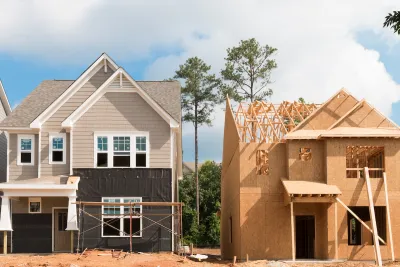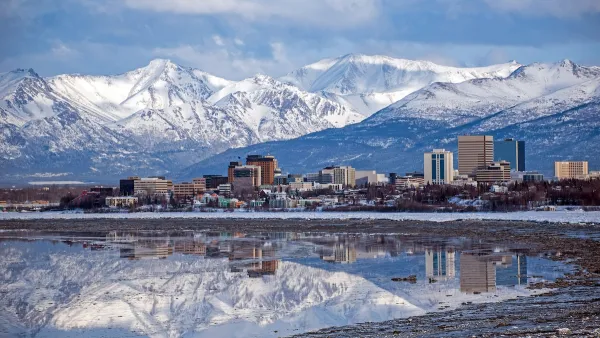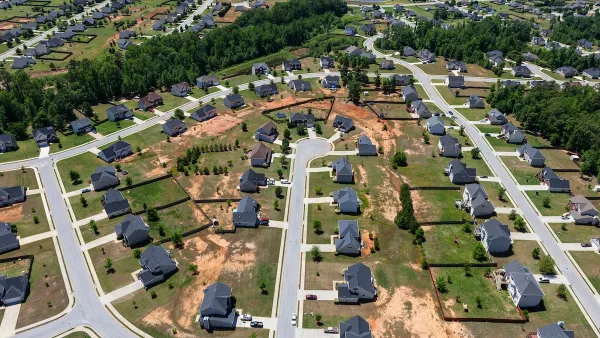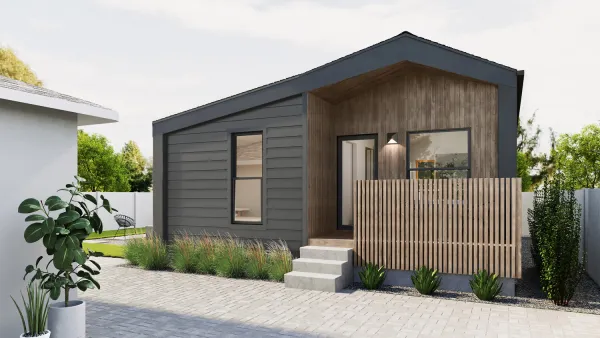Changes in the size and type of housing can accommodate different living arrangements and offer opportunities for multigenerational living and aging in place.

Writing in Strong Towns, Emma Durand-Wood makes the argument that changes in neighborhood scale aren’t always the tragedy that some community activists say they are.
Durand-Wood points to her childhood neighborhood as an example, where houses slowly began growing in size until the larger size became the norm. Now, more property owners and developers are building larger houses designed for multigenerational living, co-living, or renting out extra spaces to tenants.
For Durand-Wood, the change is a response to shifting needs. “In Canada, multigenerational households have increased in number by 50% since 2001. In the United States, the share of the U.S. population in multigenerational homes has more than doubled, from 7% in 1971 to 18% in 2021.”
Durand-Wood calls on planners and local governments to encourage the construction of multigenerational housing as well as multifamily buildings in new and existing neighborhoods, writing, “Neighborhoods must be permitted to evolve and change” to meet the changing needs of an aging population.
FULL STORY: The Monster House: Why a Change in Neighborhood Scale Isn’t a Bad Thing

National Parks Layoffs Will Cause Communities to Lose Billions
Thousands of essential park workers were laid off this week, just before the busy spring break season.

Retro-silient?: America’s First “Eco-burb,” The Woodlands Turns 50
A master-planned community north of Houston offers lessons on green infrastructure and resilient design, but falls short of its founder’s lofty affordability and walkability goals.

Delivering for America Plan Will Downgrade Mail Service in at Least 49.5 Percent of Zip Codes
Republican and Democrat lawmakers criticize the plan for its disproportionate negative impact on rural communities.

Test News Post 1
This is a summary

Test News Headline 46
Test for the image on the front page.

Balancing Bombs and Butterflies: How the National Guard Protects a Rare Species
The National Guard at Fort Indiantown Gap uses GIS technology and land management strategies to balance military training with conservation efforts, ensuring the survival of the rare eastern regal fritillary butterfly.
Urban Design for Planners 1: Software Tools
This six-course series explores essential urban design concepts using open source software and equips planners with the tools they need to participate fully in the urban design process.
Planning for Universal Design
Learn the tools for implementing Universal Design in planning regulations.
EMC Planning Group, Inc.
Planetizen
Planetizen
Mpact (formerly Rail~Volution)
Great Falls Development Authority, Inc.
HUDs Office of Policy Development and Research
NYU Wagner Graduate School of Public Service





























